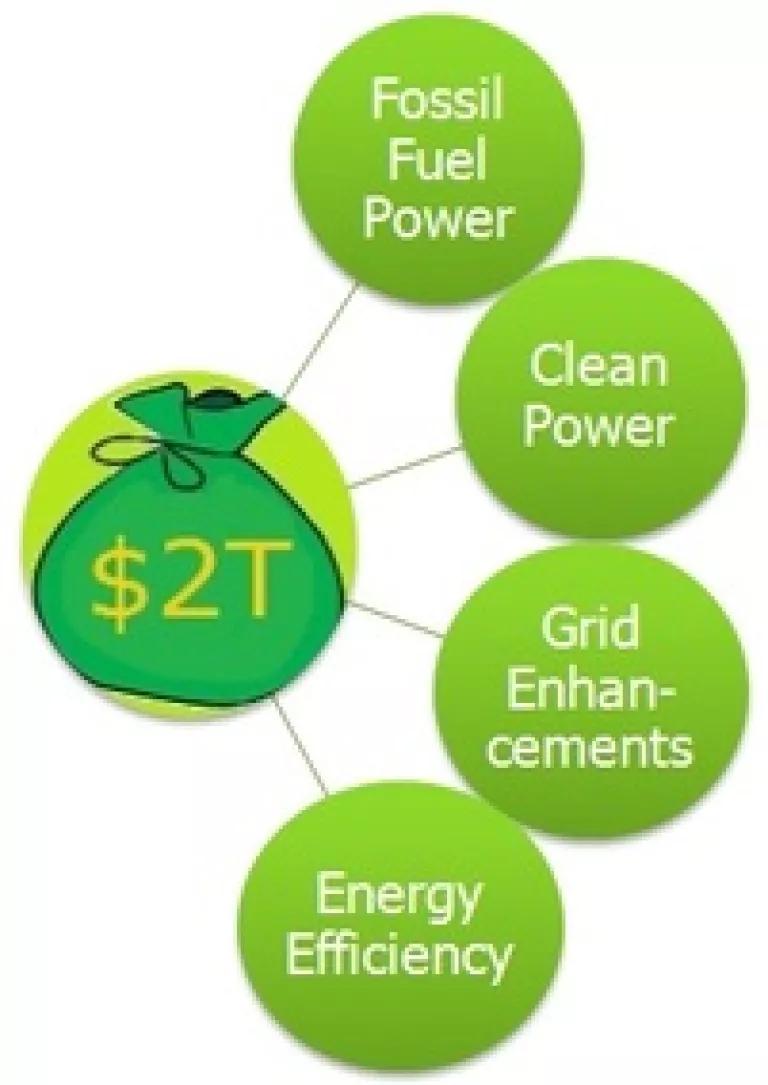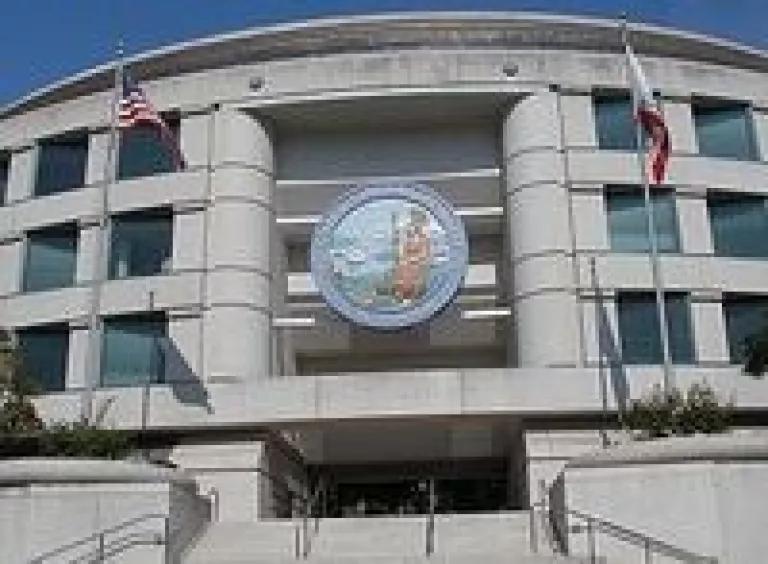So-called “Smart” Information and Communications Technology (ICT) solutions, such as smart grids and smart buildings, offer great promise to reduce the world’s climate-warming pollution. However in order to make that promise a reality at scale, the ICT industry needs to move beyond its technology development and marketing efforts and more actively engage in utility policy advocacy to grow the demand for these smart ICT solutions . That’s what I will be arguing at next week’s Green Grid Tech Forum.
A $2 Trillion Pie…
There are plenty of opportunities for the industry to influence the demand for ICT solutions, including the $2 trillion in capital investments that U.S. utility companies plan to make in the nation’s power infrastructure over the next 20 years. Much of that could be in energy efficiency and smart grid projects, two forms of investment that rely heavily on smart ICT solutions.

The first of these investment opportunities, known as “system-wide energy efficiency”, consists of energy efficiency opportunities that avoid the need for new power generation by reducing energy consumption throughout a utility’s service territory. This includes improvements to industrial process monitoring and controls; commercial sector energy efficiency such as offices and retail buildings using sensor and control technology to optimize energy use; and residential energy efficiency advances such as smart appliances and home energy management. Many of these energy-saving opportunities rely on information and communications technologies. Utilities can invest in these system-wide energy efficiency opportunities by offering incentive programs to encourage demand for these solutions.
Utility grid enhancements represent a second ICT-intensive investment opportunity. The smart grid relies heavily on ICT solutions ranging from the monitoring and control systems required to operate a flexible electricity transmission and distribution system, to renewable energy forecasting to better match supply and demand, to smart meter data transmission, and data storage and processing capabilities.
Policies that direct utilities to invest in all cost-effective system-wide energy efficiency and smart grid enhancements can ensure that a large share of utility capital investments are directed toward these “smart” solutions instead of fossil fuel power plant construction or retrofits and high ongoing operational fuel costs.
Policy Advocacy Opportunities
The state public utilities commissions (PUCs) that regulate utilities are a critical place for the ICT industry to advocate for energy efficiency and smart grid investments. The PUC proceedings are open to all stakeholders but industrial trade associations seeking to minimize short-term rates are often the most vocal.
System-wide energy efficiency and grid enhancements require upfront investments, which can then lead to electricity cost savings and lower bills over the life of these investments. Focusing only on minimizing short-term rates does not allow for the investments necessary to maximize the cheapest energy resources available. Therefore, it is critical for those who have an interest in energy efficiency investments to make their voices heard.

California Public Utilities Commission
PUC proceedings cover a wide range of topics, and provide a number of opportunities for ICT trade associations to weigh in, including: the decoupling of utility revenue from electricity sales in order to remove a perverse incentive that still discourages utilities from investing in energy efficiency in many states; long-term energy resources investment plans; earnings from energy efficiency; efficiency program budget approvals; energy-saving target settings; and many others. Each of these proceedings typically accept input from interested parties over the course of a year or longer, and provide a final 30-day comment period before the Commission votes on any proposed decision. This is a critical time to register support for energy efficiency and grid enhancement investments.
Cleaning up ICT’s Own Backyard
In order to be a credible participant in energy efficiency policy processes, the ICT industry must also lead by example by continuing to reduce the energy waste in its own data center. While significant progress has been made in recent years, most notably in data center facilities by improving the energy efficiency of cooling and power distribution systems, large opportunities remain.
Perhaps the most significant of these opportunities lies with server utilization. Typical servers in U.S. data centers are still utilized at less than 10 percent capacity on average, as noted in my report “Are There Ghosts in Your Closet? Saving Wasted Energy In Computer Server Rooms”. Just as no airline could afford running its fleet of airplane at 10 percent capacity or less, the earth’s climate and the competitiveness of the U.S. economy cannot afford for the ICT industry to run its data centers at less than 10 percent average utilization levels.
It’s time for the ICT industry to be “smart” about that, too.



